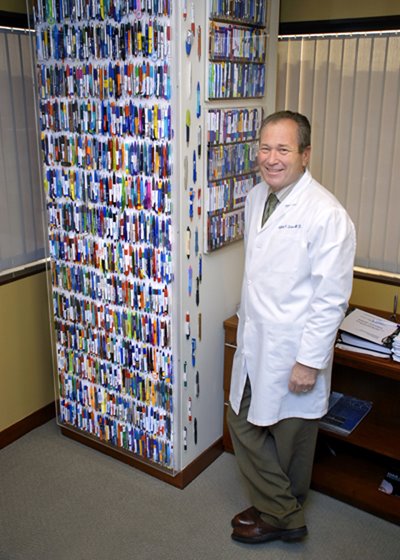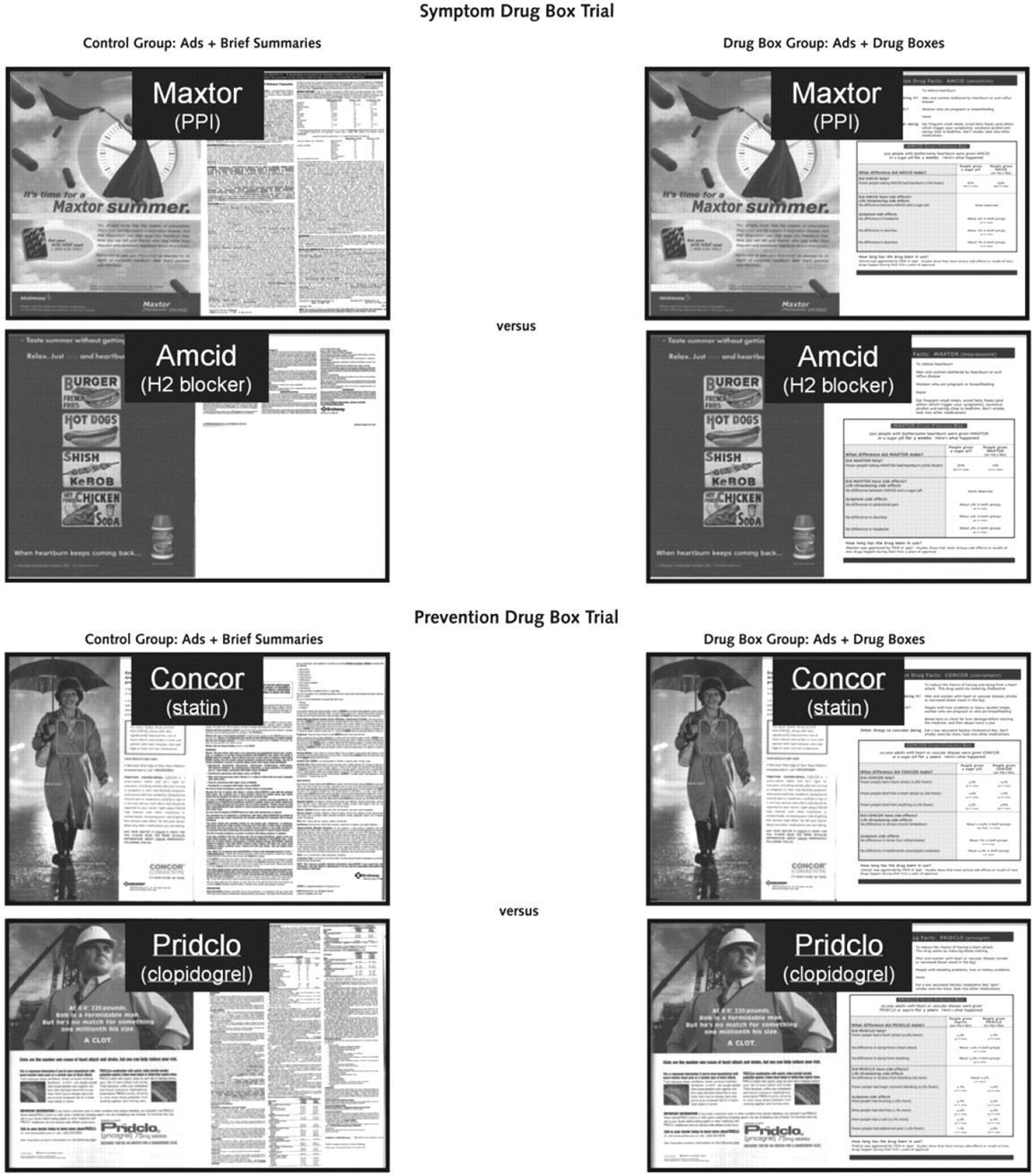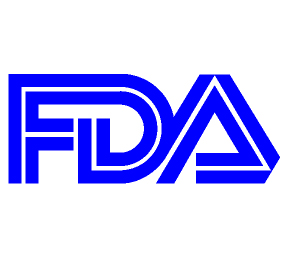 Half of the top 50 academic medical centres in the United States have no policies on their staff ghostwriting research on the behalf of pharmaceutical companies – including UCLA and Mayo Medical School.
Half of the top 50 academic medical centres in the United States have no policies on their staff ghostwriting research on the behalf of pharmaceutical companies – including UCLA and Mayo Medical School.
Medical ghostwriting is “the practice of pharmaceutical companies secretly authoring journal articles published under the byline of academic researchers.” By getting academics at top universities to put their names to papers, often for financial reward, pharmaceutical companies aim to improve the authority of their research or even sneak dodgy methodology or fabricated findings past journal editors and readers.
Only 10 (20%) of the top 50 US academic medical centres explicitly ban their staff from ghostwriting, according to the survey published in PLoS Medicine, although three of these institutions don’t specifically use the term “ghostwriting” in their policies.
A further three (6%) have authorship policies that prohibit medical ghostwriting in practice by insisting both that staff make a substantive contribution to the paper to qualify for authorship and that all who qualify for authorship be listed.
Although all the top 10 academic research centres in the US have authorship policies, only six ban ghostwriting and the remaining four – including Duke University and Yale – don’t have policies in place.
Ghostwritten articles can be used by pharmaceutical companies to influence the prescribing – and the sales – of their top products. The authors of the study explain this practise by describing how a pharmaceutical sales representative might use such an article to influence the prescribing of a practicing clinician. “When a pharmaceutical salesperson hands a clinician an article reprint, the name of the institution on the front page of the reprint serves as a stamp of approval,” they write. “The article is not viewed as an advertisement, but as scientific research; the reprint is an effective marketing tool because peer-reviewed journal articles generated in academia are perceived to be the result of unbiased scientific inquiry.”
For example, pharmaceutical companies have used ghostwritten articles to promote sertraline – the most prescribed antidepressant in the US in 2007 – methylphenidate – also known as ritalin, the widely used, and abused, ADHD drug – and rofecoxib – otherwise known as Vioxx, the arthritis drug withdrawn in 2004 because it caused heart attacks.
Given how ghostwritten articles can be used to influence drug approval or prescribing, the authors describe the practise as “a serious threat to public health.” To try to combat ghostwriting, they recommend that participating in medical ghostwriting is defined as academic misconduct akin to plagiarism or falsifying data.
————————————————————————————————-
Lacasse J & Leo J (2010) Ghostwriting at Elite Academic Medical Centers in the United States. PLoS Medicine 7 (2) DOI: 10.1371/journal.pmed.1000230



 Last week the US Food and Drug Administration
Last week the US Food and Drug Administration 